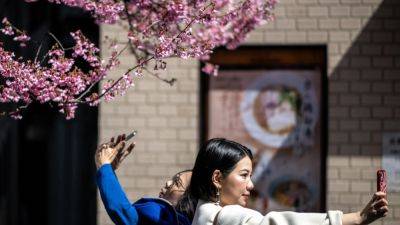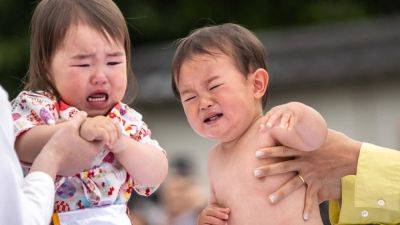As Japan welcomes sakura season, study on popular cherry variety facing extinction damps mood
Somei-Yoshino trees become dormant in autumn and require a period of stimulative cold weather during the winter months to rejuvenate their systems, ANN News reported. Without a cold spell of below 5 degrees Celsius, the trees are not jolted out of their slumber and are unable to produce blossoms, the agency reported.
While rising temperatures and their long-term impact on the environment across Japan are a cause for serious concern, other varieties of cherry blossom could substitute for the much-loved Somei-Yoshino.
“I know this problem is already happening in the southern part of Kyushu – that the cherries are not blossoming properly because they need at least a month of cold weather,” said Naoko Abe, a journalist and non-fiction writer who in 2016 wrote the award-winning book Cherry’ Ingram: The Englishman who Saved Japan’s Blossoms.
“But this problem mostly concerns the Somei-Yoshino variety and there are other varieties which are more resistant or suitable for a warmer climate,” she told This Week in Asia.
“As well as trying to tackle climate change, or to slow down the pace of it, it’s time for the Japanese people to plant more diverse cherry trees and to give up thinking that Somei-Yoshino is the only sakura,” she said. “If we have more diversity, we will be able to enjoy sakura even as climate change progresses.”
The Meteorological Agency is this year once again assiduously tracking the blooming of the cherry trees across the country, with the first blossoms reported on the Okinawan island of Miyakojima on January 5, 12 days earlier than last year.
Among the agency’s closely watched predictions, it expects the first blossoms in Tokyo to appear on March 18, four days earlier than last year and significantly earlier than







